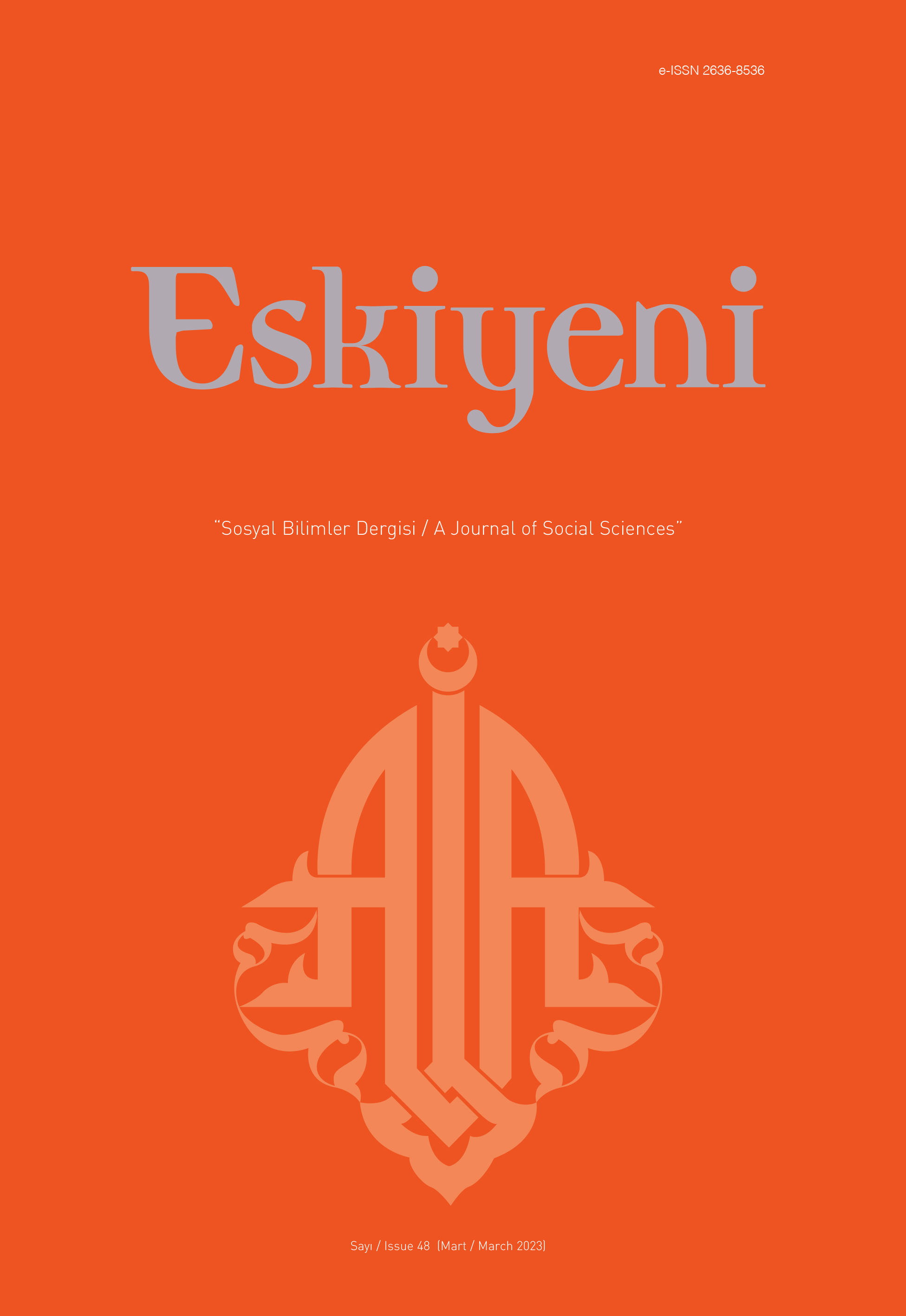İmam Mâtürîdî’nin Hz. Mûsâ ve Salih Kul Kıssasını Kelâmî Yorumu
Imām Māturīdī’s Kalāmi Comments on the Parable of Prophet Moses and the Servant
Author(s): Fatma BAYRAKTAR KARAHANSubject(s): Literary Texts, Theology and Religion, Islam studies
Published by: Anadolu İlahiyat Akademisi
Keywords: Kalām; Māturīdī; Ta’wīlat Qurʾān; Moses; Khidr; The Servant;
Summary/Abstract: Abū Manṣūr al-Māturīdī (d. 333/944) is a scholar who has important effects in the formation process of the kalām. It is known that besides his contribution to the epistemology of kalām in terms of identifying the sources of knowledge, he also contributed to the kalām in terms of method. On the other hand, he is accepted as the representative of the Ahl al-Sunnah kalām, which follows a middle line between al-Ashʿarī and the Muʿtazilī theological schools. For this reason, it is noticed that he observes a balance between reason (aql) and transmitted knowledge (naqkl) in terms of his views, so he has an important example in terms of balancing tradition and modern. These features make him a theologian who needs to be re-understood, recognized and evaluated in terms of his views. The fact that Imām al-Māturīdī has a very voluminous commentary besides a stand-alone kalām work that has survived to the present day gives the opportunity to see how he interpreted the verses and the method of naql proof (dalīl al-naql) in his views on many kalām issues. Because by determining his reasoning method in the interpretation of the verses, it will be possible to understand the method of deduction in the subjects of kalām. In this study, Imām al-Māturīdī interpretation of the Qurʾānic parable between Moses and the Servant will be discussed. In addition to the epistemological aspects of kalām, such as the difference between human knowledge and divine knowledge, ways of learning/acquiring knowledge, and the source of knowledge, the same parable also allows to focus on the moral normativity of human actions through the murder of an innocent. Imām Māturīdī’s different interpretations regarding the identity of the Servant mentioned in the verse and the related parable are a striking example that also reveals his reasoning method. On the other hand, Imām Māturīdī interpretation of the questions of objection against actions that would be defined as morally bad, which is prominent in the parable, is also quite different from the traditional interpretations. With these aspects, Imām Māturīdī’s theological method will be revealed by focusing on the source of knowledge and moral normativity of actions from his interpretations of the parable.
Journal: Eskiyeni
- Issue Year: 2023
- Issue No: 48
- Page Range: 307-330
- Page Count: 24
- Language: Turkish

